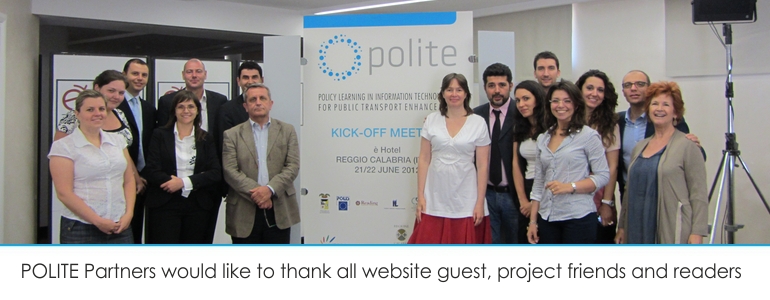- Topic of the practice - Mobilitami is the Sustainable Transport Community - a virtual place for exchange information between demand and supply where innovative ways of travelling, environmentally friendly, meet – or contribute to satisfy - all kind of users requirements, reducing traffic jams and travelling time. A technological and innovative platform able to match sustainable mobility demand and supply within the regional territory.
- Location of the practice - Marche / Ancona and Senigallia/ Italy
- Start date of the practice - April 2011
- Description of the practice – Mobilitami realizes the first Marketplace of the Sustainable Mobility where different subjects can meet: tour operator and accommodation facilities, transport operators, local bodies/ events organizer, residents, tourists and commuters. To keep each subject connected to the community, several monitors have been installed across the region where some information is displayed (events, advertising, timetable of the public transport, delays of the buses, some important notices). There is a real time connection with the centre and a continuously updating of the news. Each localized monitor is detected so that it is also possible to contextualize the publishing data. Another important element to consider is the high richness beside this web portal: the data georeferencing is the main important phase to assure the reliability of information. Not only, all data are certified to give an high level of service to the end users. Mobilitami has two different accesses, one for the users and the other for all partners involved in this project (public authority, transport operator, seller, etc.).
- Evidence of success - Mobilitami is a transverse project, it handles several aspects of the public transport satisfying different kind of needs and, above all, combining different interests of the involved actors: end user, public administration, operators, retailers.
- Contact details to obtain further information - Project Manager: Giannini Monica, This email address is being protected from spambots. You need JavaScript enabled to view it.







